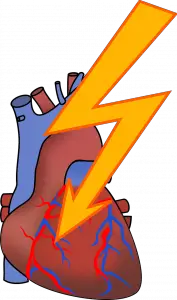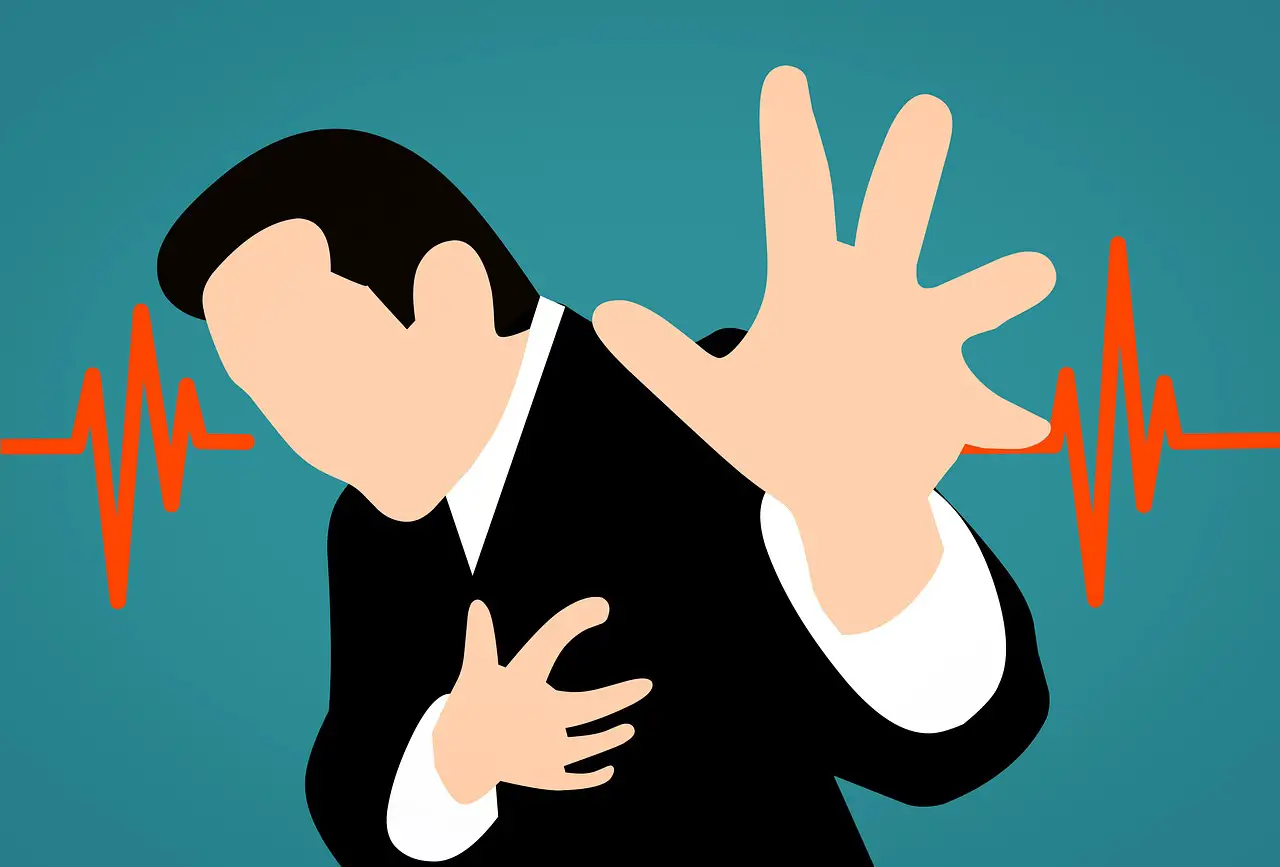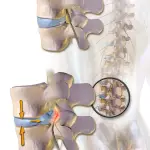A stroke occurs when the flow of blood is significantly reduced or blocked from your brain, which cuts off the supply of nutrients and oxygen. A stroke is very dangerous and can be life threatening. It is a common condition that occurs about 200,000 times each year. Lab tests, imaging and immediate treatment are needed to prevent further damage to your body.

Changes in your body after a stroke can be either major or minor. A stroke affects one side of the brain. The left side of your brain controls the right side of your body. The right side of your brain controls the left side of your body. Often times you will see a person lose his/her function and ability on one side of the body. Stroke victims will need rehabilitation to help them improve their quality of life.
Can Inversion Table cause stroke? It is a common question that many people who are interested in using an Inversion Table for pain relief want to know. Inversion Tables are an alternative treatment for someone using medication or having surgery to alleviate pressure and pain from a certain area on his/her body. An Inversion Table is also more cost effective than the other two methods.
However, the safety of Inversion Tables keeps coming up in regards to the table causing strokes in certain patients. Read on in this article to discover the answer to this question about the correlation between strokes and an Inversion Table.
Can Inversion Table Cause Stroke?
Overall, The Inversion Table is safe to use for most of the population. However, people with high blood pressure and heart disease should not use the table because of the risk of a stroke. The table increases blood pressure and lowers your heart rate, so for those reasons, people diagnosed with these conditions should not use an Inversion Table.
Everyone cannot use an Inversion Table. If you have an underlying disease that places you at risk for having a stroke, then Inversion Tables are not a good idea for you to use.
What Kind of Exercises Can I Do on An Inversion Table?
When you first begin your exercise regimen on the table, you should begin slowly. Stat by balancing yourself on the table by laying straight for the maximum amount of time of 2 minutes. Laying straight on the table helps to elongate or straighten your spine, and relieves the pressure on your spine, neck and back areas. Minimizing the pain in these areas helps reduce the pain you are felling.
After you become comfortable with the balance exercise, you may tip the table at a 10 degree angle. Experts recommend that you should only go up 10 – 20 degrees each week until you are able to handle 60 – 90 degrees.
Move your neck from side to side on the table to help decompress that area and allow it to relax. Another exercise is called the figure 8 and involves you moving your neck as if you are forming the figure 8. This movement helps your neck to move in every direction, relaxes your vertebrae discs which in turn decompresses your spine, and helps in alleviating your pain.

The overstretch exercise is also a good way to relieve pressure in your arms, neck and back areas. Stretch your arms over your head while on the table for the maximum 2 minutes. Repeat this exercise until you can feel relief from the pressure in your arms.
The more you work out on the table, the more comfortable you will become. The more varied exercises you do on the table, the more areas of your body can get decompressed and begin to relax, which relieves more pain from your entire body. Your spine, neck, back, hip and other areas of your body will become stronger, while allowing you to bend and have more flexibility.
Should I Ask My Doctor Before Using The Inversion Table?
You should always ask your doctor before using Inversion Tables. He will tell you if it is a good idea for you to use the table. Always seek your doctor’s advice before starting any exercise regimen.
How Do I Use The Inversion Table?
Begin by setting up an Inversion Table in your home. A store representative can help you with this. Once you have an Inversion Table set up, you will want to have an assistant to be in the room with you while you are on the table. The maximum amount of time should be 2 minutes for twice a day. Strap yourself on the table while making sure that the straps are secure.
You do not want to move on your table and risk minimizing the effect of the exercises you will be doing on the table. Balance yourself on the table and lay straight with your back on the table to become comfortable with the table. Laying straight on the table will help to elongate and stretch your spine and neck area and relieve the pressure and pain. This is called the balance exercise and is done to improve your posture.
Allow your assistant to help you tip yourself slightly at an angle. You should be doing beginner angles like 10 – 20 degrees until you become more comfortable with the table. Stay at this angle for the maximum amount of time.
Your assistant should have a stop watch set at 2 minutes to ensure that you do not stay on the table longer than required. Once you have completed your 2 minutes at a beginner angle, come back to the straight position on the table so that you can remove yourself from The Inversion Table. Repeat this exercise another time later in the day for maximum results.
These are some common need to know answers to questions that are often asked by patients who want to know if the use of an Inversion Table causes strokes. Speak with your doctor to make sure that using the table is a good treatment plan for you. Once your doctor has approved your use of the table, begin slowly and get comfortable with the table.
More Tips On Using An Inversion Table

Always have an assistant to help you get on and off the table and to help you tip the table back at an angle that will relieve the pressure from your vertebrae discs and spine. Your assistant should have a stop watch set at the maximum amount of time of 2 minutes to ensure that you are not on an Inversion Table too long. Your assistant should help to remove you from the table if you begin to feel dizzy, have headaches or feel nauseated. Get some fresh air and breathe in until your heart rate returns to normal.
Overall, an Inversion Table is perfectly safe to use for the majority of the population. If you are an otherwise healthy person with no underlying issues like high blood pressure or heart disease, then using the Inversion Table should be a good idea. Inversion Tables relieves pressure to your joints, vertebrae discs, spine, back, neck, hip and other parts of your body and will have you living a better quality of life, filled with energy.





